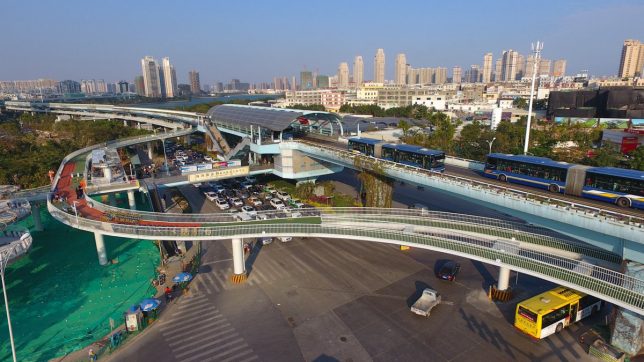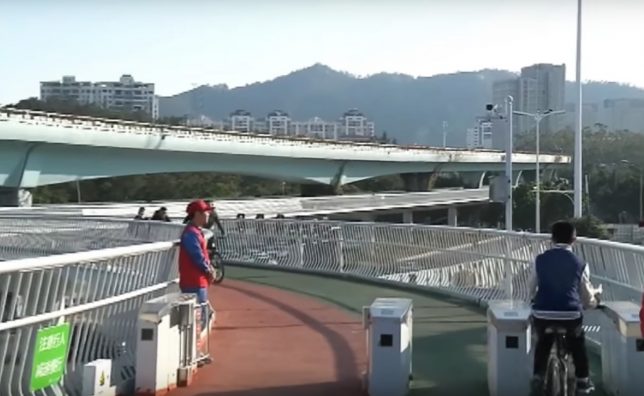 |
| Fujifilm X-Pro2 cameras being moved along the production process inside Fujifilm’s Sendai, Japan factory. |
Last week, South China Morning Post (SCMP) reported that Japan is planning to set aside $ 2.2 billion of its $ 993 billion emergency COVID-19 stimulus package to help Japanese companies move production out of China, a move with potential ramifications for numerous Japanese camera and lens manufacturers.
According to the report, the $ 2.2 billion would be split into two different funds. Roughly $ 2 billion will go towards assisting Japanese companies move operations back to Japan, while the remaining $ 200M will help companies move production into other countries, in what is likely an effort to help diversify supply chains that aren’t domestic.
Rather than purely speculating on the matters, we decided to contact executives at a few Japanese camera and lens manufacturers to find out what their thoughts are on this facet of the emergency stimulus package.
General Manager of Fujifilm’s Optical Device and Electronic Imaging Products Division, Toshihisa Iida, had the following to say when asked about the SCMP article and its potential impact on Fujifilm’s operations:
‘Manufacturing in China has changed a lot over the years. It faces many challenges such as parts and labor availability, increase in overall cost, [the] US-China trade issue, and most recently, COVID-19. We still depend heavily on China to source electronic and mechanical components, but we started sourcing from alternative vendors from outside China as well.
[Business continuity planning] is always a very important agenda in our business strategy. We learned from disasters such as earthquakes and floods in the past, and keep our eyes open to prepare for any situations to secure the supply chain. COVID-19 is no exception.’
As for its current production operations, Mr. Iida says ‘Fujifilm already owns factories outside China (e.g. Japan and the Philippines)’ and has also subcontracted factories. ‘Production quality in all of the factories [is] being monitored to achieve the same standard,’ he says. ‘We look at all the important elements for production, such as capacity, cost, lead time, and [allocation of] the products to the aforementioned factories in order to deliver the products efficiently.’
 |
| Here, finished X-Pro2 bodies manufactured inside its Sendai, Japan factory await final checks before being boxed up for shipping. |
Despite the Japanese government’s record stimulus package, Mr. Iida remains unsure of its impact on Fujifilm’s production, saying ‘It’s too early to say whether we will move our production from China, and if we do, how much will be shifted to Japan or elsewhere, but we will continue to monitor the situation and take action if and when necessary.’
All in all, it seems the production shift initiative might not have as much of an impact on the photography industry as some might’ve hoped. Aside from not being heavily publicized, the state of the industry even before the COVID-19 pandemic wasn’t great and investing in a contracting market isn’t exactly assuring, even with a convincing stimulus opportunity to make use of.
Articles: Digital Photography Review (dpreview.com)




















You must be logged in to post a comment.